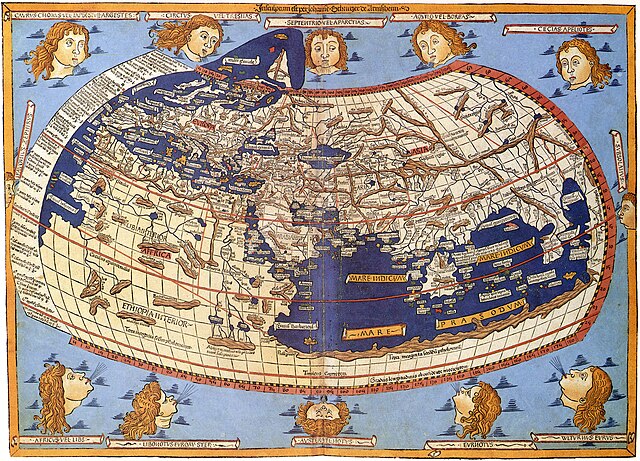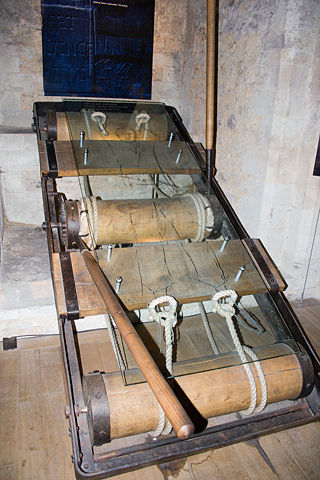1. Here Iain M Banks discusses a Special Circumstances (SC) operation from the point of view of the non-Culture planet where contact is taking place—an early Renaissance or late Medieval era, humanoid populated planet. But it’s no Gunboat Diplomacy: there’s no GCU floating over the castle exactly like bricks don’t. Rather, it’s two SC people attempting to subversively advance a culture that has just invented guns. They fundamentally disagree about the method most appropriate to the situation—
Was it better to leave them alone or was it better to try and make life better for them? Even if you decided it was the right thing to do to make life better for them, which way did you do this? Did you say, Come and join us and be like us? Did you say, Give up all your own ways of doing things, the gods that you worship, the beliefs you hold most dear, the traditions that make you who you are? Or do you say, We have decided you should stay roughly as you are and we will treat you like children and give you toys that might make your life better?—so they work in two separate kingdoms, trying their two tactics and seeing which one works better, which I think here means more effective, efficient, and quickly. Their goal is not to increase the technological level from the outside, but work inside these societies to change the thinking of the people to be more agreeable to Culture norms. DeWar leaves them alone and acts solely as a bodyguard for one ruler, mostly quietly; while Vosill works as a doctor for a king in a nearby society, giving her opinions and ways of thinking almost too freely. This synopsis shows the bare bones of the undercurrents in the novel, while the novel itself is taken up by the stories of their time on this planet. Banks doesn’t explicitly state anything in this synopsis—the quote above is taken from a story DeWar tells his ruler’s son. This book is written like it’s medieval fiction. There are really only a couple of places where Banks lets glimpses of this undercurrent in: including a few jokes punning on the words Culture and Special Circumstances. This tactic works well to really show what contact is like from two different societies, two different ways of contact from the other side—a perspective the Culture novels haven’t explored yet. (I should note that there are also other theories that could fit: perhaps this is all a Cuture set-up and everybody except Vosill and DeWar have been mentally altered by the Culture to forget about the Culture in order to run this giant experiment. This would also fit the facts and mysteries given by Banks here.) So, in short, it’s a fantasy novel that’s actually a Culture novel, but being written as the memoir of Oelph, who knows nothing of the Culture, it’s medieval fiction.
2. The plot is split between the two main characters—they take turns at chapters, one about Vosill, then one about DeWar, then Vosill again, then DeWar again, et cetera. This tactic was used by Banks in Use of Weapons, but here I think it works much better. I can’t quite put my finger on why though. Let me try and nail that down. In Weapons, it seemed a little forced, a little heavy-handed—mostly in the way he hid things from the reader and spoke of characters in nicknames in order to not reveal the a-ha moment before its time; he held things close to his chest for a long time. Too long. Here, he just tells two stories and they are loosely related—they’re probably taking place simultaneously. He reveals almost everything: Vosill and DeWar aren’t obviously Culture at first, though it becomes apparent within the first third of the novel. I think it works better for me here because both stories could be read independently, and enjoyed, without the interesting difference in opinion between DeWar and Vosill. This allows that a-ha moment to be gravy, not a long-held-off reveal—like my complaint about Consider Phlebas being much too built for the resolution. Here, Banks increases the reader’s understanding throughout, instead of relying on the comic book-esque end-page reveal. I think this works better in general, at least it works better here than it did in Weapons.
3. The writing is mostly unobtrusive. It’s precise. But it also catches a cadence that works well for the fantasy setting. It’s mostly down to his sentence structures, which are complex, and his word choices, which are slightly archaic. Not as much as Katherine Addison, but more so than his earlier Culture novels. This cadence helps further disguise the science fiction undercurrent of this fantasy novel.
4. Outside of the Contact context, the theme here, the applicable one, is useful plebs interacting with rulers, or middle class people interacting with kings. Both Vosill and DeWar have skills their respective rulers find useful, but they are servants, not equals. And the way both of them interact with their ruler is to me the main theme here: Vosill is content being alone, but spends a lot of energy building an actual relationship; DeWar is intrusive, but because he is so nosy, he makes the ruler uncomfortable and isn’t able to form a relationship outside of worship. This theme is applicable to a boss-employee relationship—in other words, be prepared and exceed the boss’ expectations, rather than being pushy and over-eager. The same here is applied to interactions between cultures. It’s a bit weak, as an applicable theme, to me. But within the context of the Culture novels, it holds a lot of interest for a fan. It’s not quite fan-service, like Ill Met in Lankhmar is, but it’s going that direction.
5. The world-building is sparse because it’s just medieval fiction—not even fantasy, really, because there is no magic outside of Vosill’s Culture knife-missile, which is never understood by the narrator Oelph. So, by using the familiar he does not have to spend time or energy building out a unique world and can get right to the story. It’s similar to a lot of pulp fiction in that way—familiar already, but taking a closer look at the cultures involved.
6. The characters are well understood by the reader. Vosill, Oelph, DeWar, Perrund, Lattens, and the two rulers are all unique, well-built characters. Perrund is built through dialogue almost exclusively—what she says and what she explains about her backstory shows her character. DeWar and Oelph are built through a combination of actions, interior monologue, and dialogue. Since these two are the most apparent to the reader: they get told, shown, and explained. Vosill, Lattens, and the two rulers are explained through dialogue and actions. What I’m trying to say is that Banks uses multiple tactics to build the important characters that spend a lot of time on-scene, and builds the other characters with fewer tactics—just dialogue and/or actions. This tactic helps the reader prioritize characters: by getting more information about DeWar and Oelph, I understand them more and am more interested in them. It effectively names the main characters without needing to have them always on-scene.
7. This novel does a lot of things really well and I enjoyed it quite a bit. It’s an interesting thing, with the split narrative and the fantasy-science fiction mashup. But the theme, plot, and writing might not quite stand up to the interest of the structure and tone. Don’t get me wrong, it’s a good book, but it’s not great. Because the Culture undercurrent is so sparse, somebody coming to this book as their first Culture novel could be very, very confused at the Special Circumstances, Culture, and Contact jokes and scenes: it would be strange how the knives were bent, how those three people died, and where Vosill and DeWar disappear to at the end. So, it doesn’t stand on its own, but it’s a great addition to the Culture series and, having read a bunch of others, I loved this book.







No comments:
Post a Comment